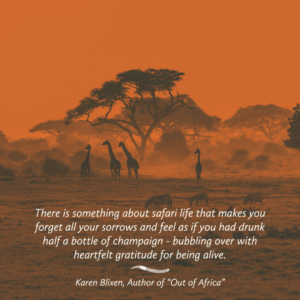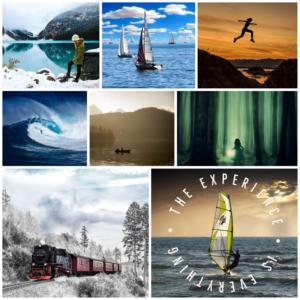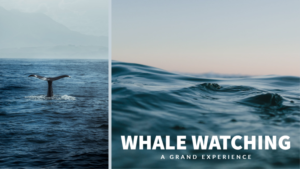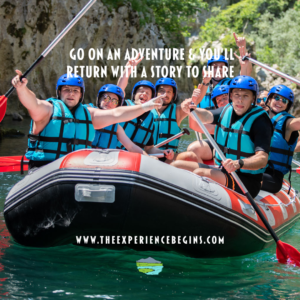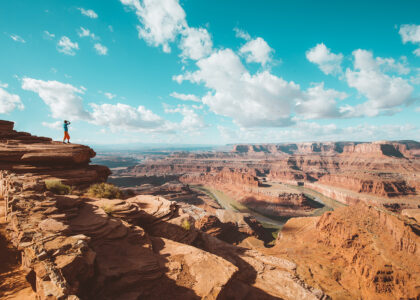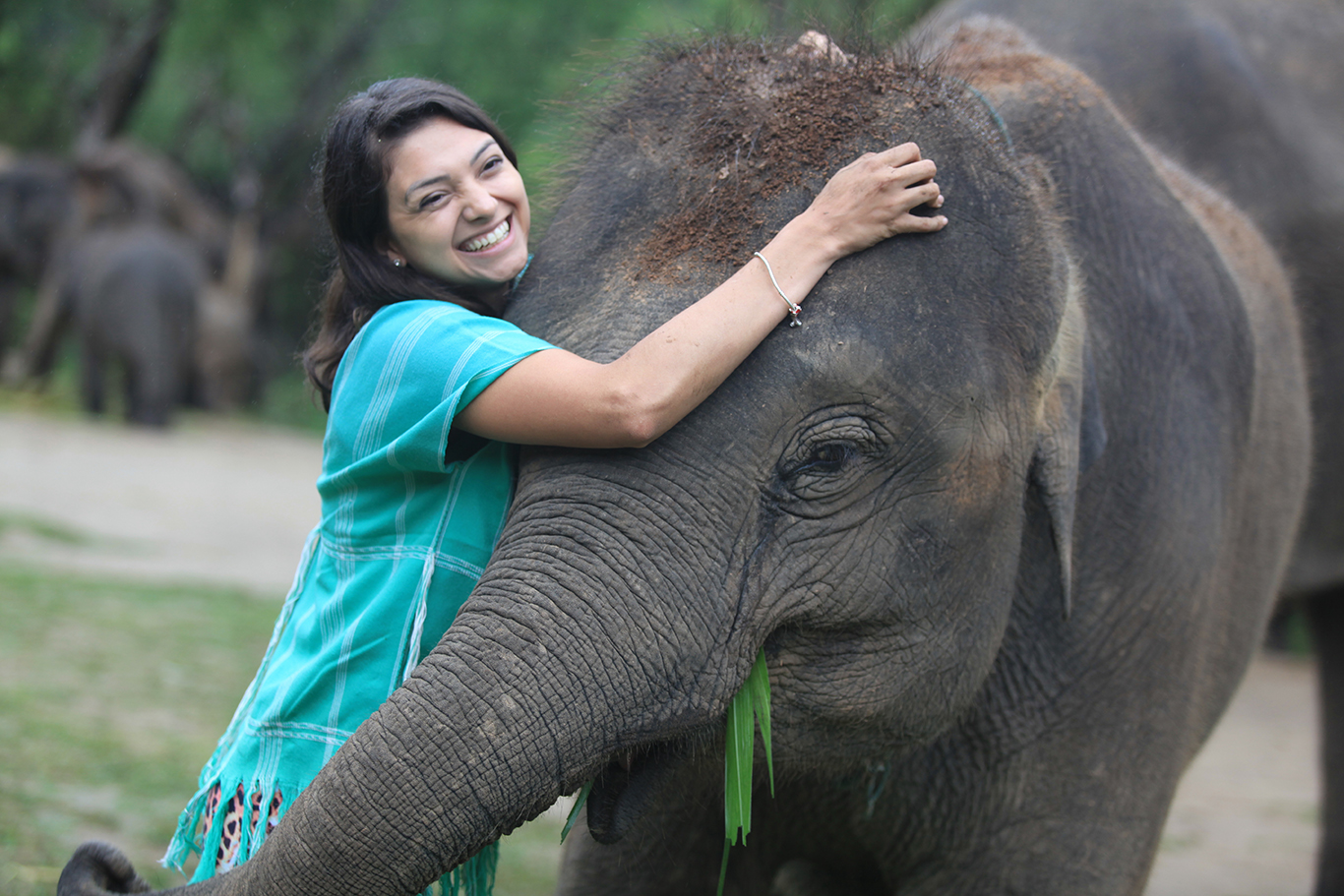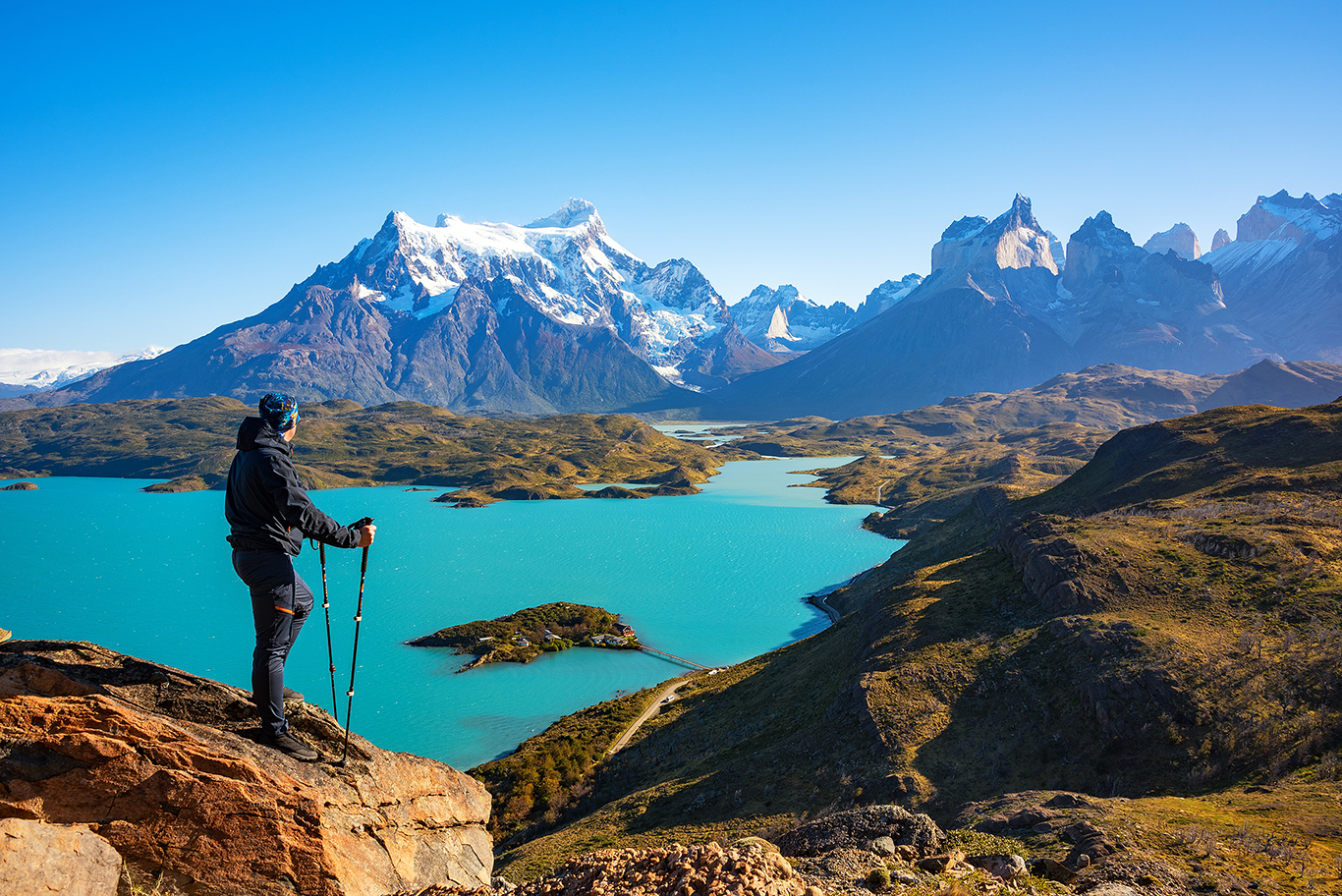Diving and Snorkeling on the Great Barrier Reef
The Great Barrier Reef is on most adventure travelers’ bucket lists—and for good reason. This spectacular ocean formation is the largest coral reef in the world. Home to more than 1,600 species of fish, sea turtles, whales, and other marine animals, it’s on a stunning coastline dotted by sun-drenched islands and some of the best beaches in the world. Millions of people visit the reef every year, and most describe the experience as unforgettable.
Enjoy the Experience of a Lifetime
The Great Barrier Reef is a UNESCO World Heritage Site for biodiversity and one of the so-called seven wonders of the natural world. It is the only living thing that’s visible from space.
The reef is not a single formation. It is a collection of more than 3,000 coral reefs, 600 sand beaches, and 300 coral islands, known as cays. Opportunities for exploration and adventure are endless. The reefs and islands teem with marine life, color, and sound.
Where Is the Great Barrier Reef?
It is located on Australia’s eastern coastline. It spans more than 1,400 miles along the coast. It is in the state of Queensland, whose capital city is Brisbane. At its widest point, this massive formation stretches across more than 150 miles of ocean. It has an average depth of 21 miles, but slopes on the farthest edges can reach depths of 1,200 miles or more.
The waters surrounding the reef provide shelter, feeding, and nesting sites for more than 9,000 species. They include dolphins, crocodiles, sharks, sea snakes, algae, and reef fish. More than 200 birds visit the reef or roost on the nearby islands. Six species of sea turtles and the critically endangered dugong call the reef home.
When Is the Best Time to Visit the Great Barrier Reef?
The best time to visit is between June and October. This is considered the dry season in this part of Australia. June and July are very busy times. To avoid crowds, go early (May) or late (September and October) in the season.
The months from November to April are considered the wet season, which is rainy, hot, and humid. It’s also when you’re likely to encounter the highly venomous box jellyfish.
Best Spots for Snorkeling on the Great Barrier Reef
• Lady Elliott Island: This pristine coral cay has more than 20 diving and snorkeling sites. The spectacularly clear waters offer visibility up to 65 feet and the chance to swim with reef sharks, manta rays, turtles, and humpback whales. The eco-friendly island has a lagoon and lighthouse, and it is an excellent place for birdwatching.
• Ribbon Reef: This strand of 10 reefs offers excellent visibility. In its lagoons and reefs, you’ll spot plate corals, anemones, coral gardens, and hundreds of colorful tropical fish. Located on the outer reef, this island is still relatively untouched and serene.
• Fynn Reef: This popular spot is ideal for first-time snorkelers and families. It features several outstanding snorkeling sites where you’ll see hard corals, clownfish, reef sharks, octopus, lionfish, barracudas, and angelfish.
• Lizard Island: This National Park is home to pristine beaches and walk-in beach snorkeling at one of many sites. Its remote location features more than 300 species of coral and vibrant marine life, including green turtles, triggerfish, and more.
Best Diving Spots on the Great Barrier Reef
• Julian Rocks: Formed by a volcanic eruption, this spot is known for its rich, varied marine life and is considered one of the world’s top diving destinations. There are about 12 separate dive sites that range from 20 to 80 feet in depth.
• Lord Howe Island: This island sits at the crosscurrents of five major oceans, which gives it an incredible diversity of ecosystems, including tropical, subtropical, and temperate. With over 60 dive sites, the island offers something for every diver. Ball’s Pyramid is the island’s best-known dive spot, but only divers with an advanced diving certificate can visit it.
• SS Yongala: Add a touch of spooky history to the experience of diving on the reef. Visit the wreck of a ship that sank in 1911. Located near Magnetic Island, this dive takes you through a historic wreck while you swim with manta rays, eagle rays, and reef sharks. You must travel with a licensed operator if you want to dive here.
• Fish Rock: If you’re a fan of cave dives, you’ll have the experience you crave at Fish Rock Cave. Stretching out more than 400 feet, this cave offers high visibility and its own ecosystem. The island is a feeding and nesting site for endangered grey nurse sharks.
Visiting Australia
Unlike some other adventure locations, Australia is a popular tourist destination on its own. Australia’s beaches are regularly ranked as some of the best in the world, and most cities on the coast have tons of water-based activities. The country’s many national parks and wildlife sanctuaries offer land-based adventures like hiking, biking, and birding.
Several airports serve the Queensland region. International travelers typically arrive at Cairns Airport. Domestic flights from Australia usually land at Townsville Airport or Bundaberg Regional.
The closest city, Brisbane, is about a 5-hour drive from the reef. Most visitors stay in Port Douglas, which is located between the reef and the Daintree Rainforest, or Cairns, a vibrant seaside village. You can find accommodations ranging from budget motels to luxury resorts on private islands.
Plan Your Visit to Australia
The Great Barrier Reef is an opportunity to see rare, colorful wildlife in a spectacular setting. Contact a travel planner to get started on the experience of a lifetime.




